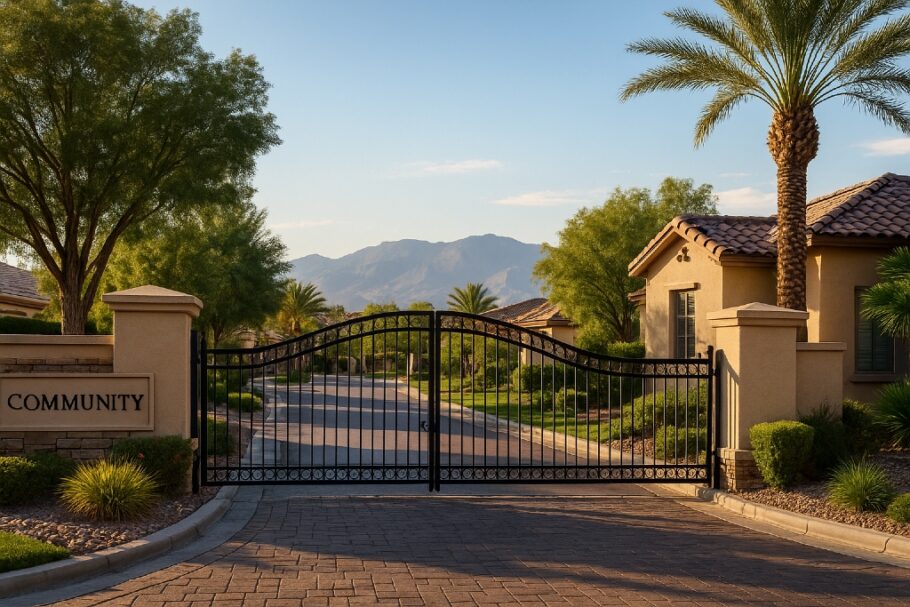Introduction
Stop right here – Vegas insider tip: Most visitors to this site will overpay by $727+ per trip to Las Vegas. Why? Because they don't have the secrets and tips to keep expenses low in Vegas while having a good time. Want the complete playbook for traveling like a Vegas local? Click here to save money on Vegas trips
Guide to Investing in Las Vegas Multifamily Properties. Las Vegas is well-known for its vibrant tourism industry, but its residential rental market—particularly multifamily properties—has become an equally important part of the city’s real estate landscape. With consistent population growth, a strong job market, and a competitive housing market that makes homeownership challenging for many residents, demand for rental housing remains high. Multifamily properties offer investors stable cash flow, long-term appreciation potential, and the ability to diversify income streams across multiple units. In this guide, we’ll explore the benefits, risks, and strategies for successfully investing in Las Vegas multifamily real estate in 2025.
Why Invest in Multifamily Properties in Las Vegas?
- Strong Rental Demand: Rising home prices push more residents toward renting.
- Economies of Scale: Managing multiple units in one location is more cost-effective than several single-family homes.
- Steady Cash Flow: Multiple units reduce the impact of individual vacancies.
- Value Appreciation: Las Vegas multifamily property values have steadily increased over the past decade.
- Tax Advantages: Depreciation, mortgage interest deductions, and other write-offs can improve returns.
Types of Multifamily Properties
Duplexes and Triplexes
Smaller entry-level options with two or three units, suitable for new investors.
Fourplexes
Offer strong income potential while still qualifying for residential financing.
Small Apartment Buildings (5–20 Units)
Stop right here – Vegas insider tip: Most visitors to this site will overpay by $727+ per trip to Las Vegas. Why? Because they don't have the secrets and tips to keep expenses low in Vegas while having a good time. Want the complete playbook for traveling like a Vegas local? Click here to save money on Vegas trips
Ideal for investors ready to scale up operations.
Large Apartment Complexes (20+ Units)
High-income potential but require professional management and larger capital investments.
Key Market Trends in 2025
- High Occupancy Rates: Average multifamily occupancy remains above 95% in most areas.
- Rising Rents: Annual rent growth continues, driven by population influx and limited supply.
- Investor Interest: Out-of-state buyers are increasingly targeting Las Vegas for multifamily acquisitions.
- Urban Revitalization: Downtown and surrounding neighborhoods are seeing significant redevelopment, boosting rental appeal.
Best Areas for Multifamily Investment
- Downtown Las Vegas: Growing appeal among young professionals and artists.
- Henderson: Family-friendly with strong schools and stable tenant base.
- North Las Vegas: Affordable entry points with room for growth.
- Spring Valley: Close to the Strip but with more residential character.
- Summerlin: Higher-end rentals with premium amenities and consistent demand.
Financing Multifamily Properties
- Conventional Loans: Available for properties with up to four units.
- Commercial Loans: Required for five or more units; terms vary based on property performance.
- FHA Loans: Allow low down payments for owner-occupied multifamily properties.
- Portfolio Loans: Flexible terms for experienced investors.
- Private Investors: Joint ventures or syndication can reduce upfront capital requirements.
Evaluating Multifamily Investment Potential
- Net Operating Income (NOI): Income minus operating expenses.
- Cap Rate: NOI divided by purchase price; helps compare returns across properties.
- Cash-on-Cash Return: Measures actual cash flow against your initial investment.
- Value-Add Potential: Opportunities to renovate units or improve management for higher rents.
Risks to Consider
- Tenant Turnover: Can reduce income and increase costs.
- Market Downturns: Economic shifts can impact rental demand and rates.
- Maintenance Costs: More units mean higher repair and upkeep expenses.
- Management Complexity: Larger properties require more sophisticated management systems.
Management Strategies
Self-Management
Best for smaller properties where the owner can handle tenant relations and maintenance.
Professional Property Management
Recommended for larger buildings; fees range from 5–10% of rental income.
Hybrid Approach
Owners manage leasing and tenant screening while outsourcing maintenance.
Maximizing ROI
- Improve Curb Appeal: Exterior upgrades can attract higher-paying tenants.
- Renovate Units: Modern finishes and amenities justify rent increases.
- Energy Efficiency: Lower utility costs benefit both tenants and owners.
- Strategic Marketing: Professional photos, targeted online ads, and social media outreach.
Long-Term Outlook
Las Vegas multifamily investments are expected to remain profitable through 2030, fueled by continued job growth, population increases, and limited new housing supply. Properties in desirable locations with modern amenities will enjoy strong occupancy and rent growth.
Conclusion
Investing in multifamily properties in Las Vegas provides a blend of steady cash flow, long-term appreciation, and diversification benefits. With the right property selection, financing strategy, and management approach, multifamily investments can serve as a cornerstone of a profitable real estate portfolio in 2025 and beyond.






